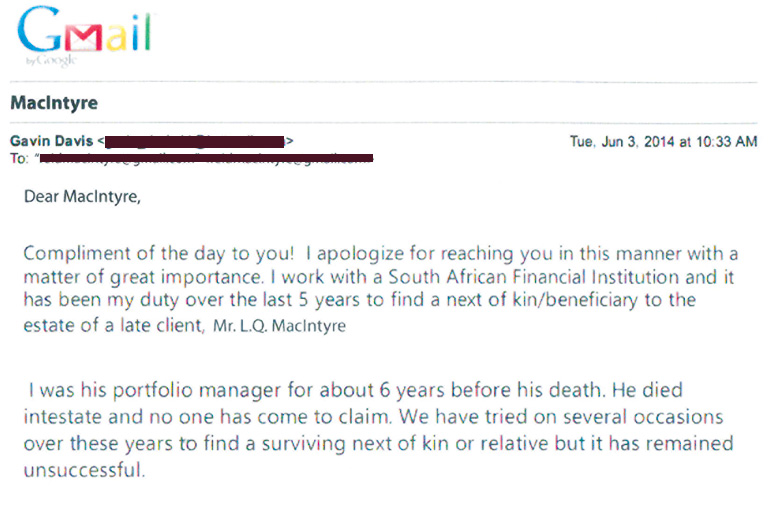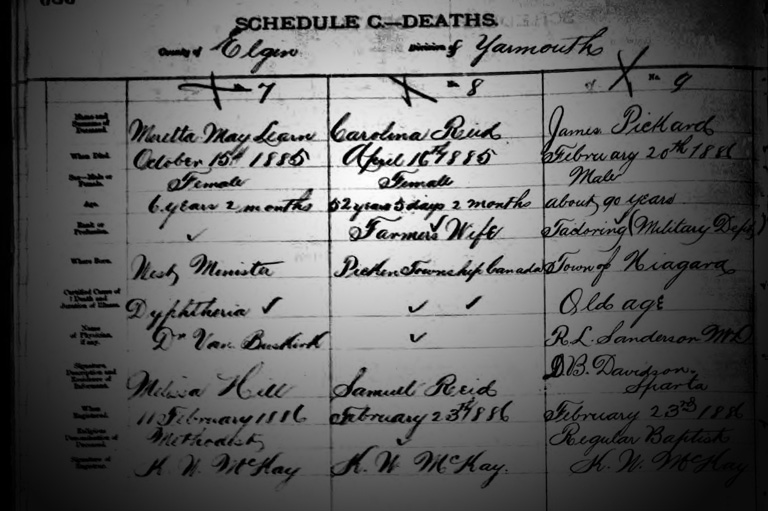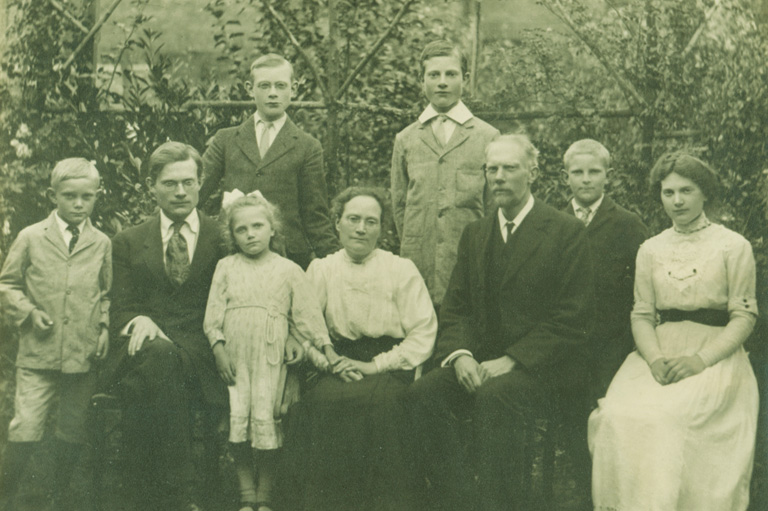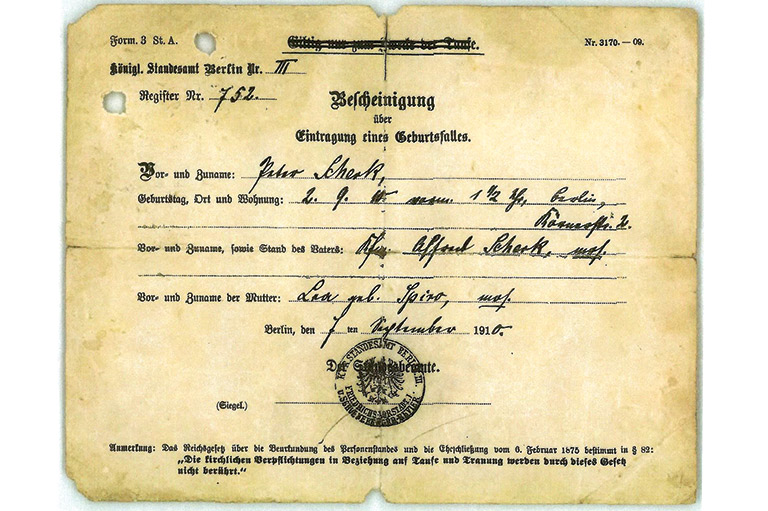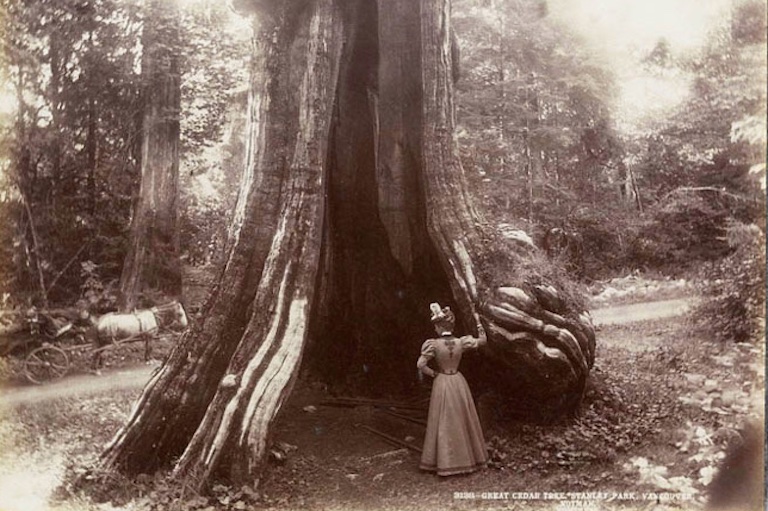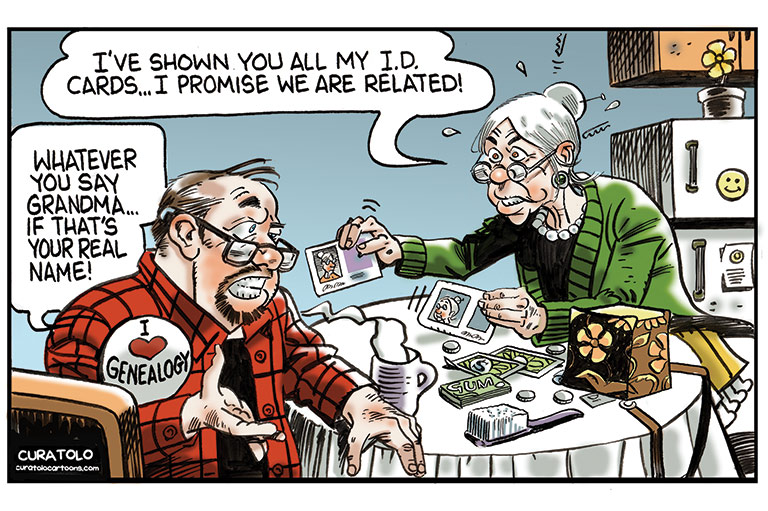Discover a wealth of interesting, entertaining and informative stories in each issue, delivered to you six times per year.
Roots: On a Mission
Ask the typical Canadian about Mormons and you’ll get an earful about polygamy, preternaturally polite Utahans, and clandestine baptisms of dead popes. And, oh yeah, they do genealogy.
Over my next two columns, I will try to explain why Mormons are so interested in family history. Let’s start by covering more basic ground: an overview of Mormon genealogical accomplishments and an introduction to an essential Mormon tenet: “continuing revelation.”
Full disclosure: I’m not religious and find much of Mormonism hard to accept. Even so, virtually all family historians, including me, appreciate the resources Mormons have made available — without charge — to genealogists of all faiths around the world:
- In 1894, the Genealogical Society of Utah (GSU) was formed both to support Mormon family history research and to document the identities of as much of humankind as possible.
- With the efforts of successive church leaders and outstanding organizers such as the suffragist Susa Young Gates (a daughter of Brigham Young, the movement’s second leader), the church’s research resources and genealogical education programs expanded exponentially in the early twentieth century.
- In 1938, the GSU began its program of filming the world’s records. Today more than 3.5 billion images are stored in the Granite Mountain Records Vault near Salt Lake City, and more than two hundred cameras are active in forty-five countries.
- The Family History Library, the world’s largest of its kind, opened in 1985 on Temple Square in Salt Lake City. When visiting, one is apt to bump into other researchers from just about anywhere in the world.
- About 4,500 Family History Centers operate in church facilities around the globe, including many in Canada. Genealogists can view microfilm, use dedicated computers, and receive research advice, all without having Mormon beliefs pressed upon them.
- Since 2006, volunteers have indexed more than a billion records for online access at the church’s FamilySearch website, a giant first step toward indexing the entire collection.
So far, I used the words “Mormon” and “church” rather freely. In precise parlance, a Mormon is someone who accepts the scriptural authority of the Book of Mormon, which was purportedly transcribed and translated in the 1820s from golden plates revealed by the angel Moroni to the American Joseph Smith.
The largest bloc of Mormons, more than ninety percent of the total, are members of The Church of Jesus Christ of Latter-day Saints (LDS), based in Salt Lake City. These are the benefactors whose acts of largesse towards genealogists were cited above.
LDS Church leaders, in the manner of their counterparts of other faiths, assert that the only true Mormons are their members, although scores of splinter groups exist, such as the polygamous Mormon fundamentalist community in Bountiful, British Columbia.
Fortunately for the LDS Church, it has a remarkable process for reinventing itself when facing a sticky situation. The doctrine of continuing revelation asserts that LDS presidents receive divine guidance on Church-wide affairs.
But there’s a rub: Even though divinely inspired, these ex officio prophets are deemed to be fallible; their revelations come with godly authority but an uncertain shelf life. Revelations can be, and are, superseded as circumstances change.
So it was with polygamy. Joseph Smith (who had about thirty wives) had a revelation in 1843 that the taking of plural wives was a divine commandment. Brigham Young (who had more than fifty wives) affirmed this tenet in 1852.
Yet Church president Wilford Woodruff (with seven wives) announced a contradictory revelation in 1890. He outlawed plural marriages among LDS members, in the process conveniently thwarting a U.S. government investigation. Needless to say, not all church members take well to abrupt reversals in doctrine.
Continuing revelation can challenge cohesion in the ranks. Indeed, more than a century after the official LDS decree, the polygamous practices of fringe Mormon sects continue to pop up in the headlines from time to time. No amount of revelation, it seems, can undo the vivid examples set by Mormonism’s two most significant prophets.
In my next column, “Baptizing the Dead,” I’ll show how doctrine promulgated by Joseph Smith interacted with another of Woodruff’s revelations to produce the explosion of Mormon interest in genealogy that continues to this day — along with some distressing excesses. There’s no free lunch, not even in genealogy.
Themes associated with this article
You might also like...

Canada’s History Archive, featuring The Beaver, is now available for your browsing and searching pleasure!



